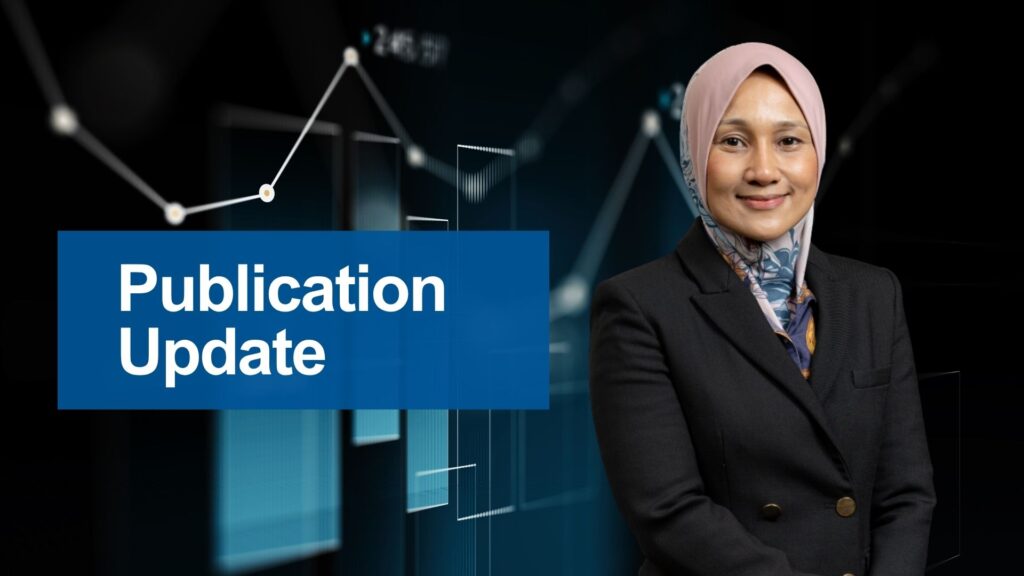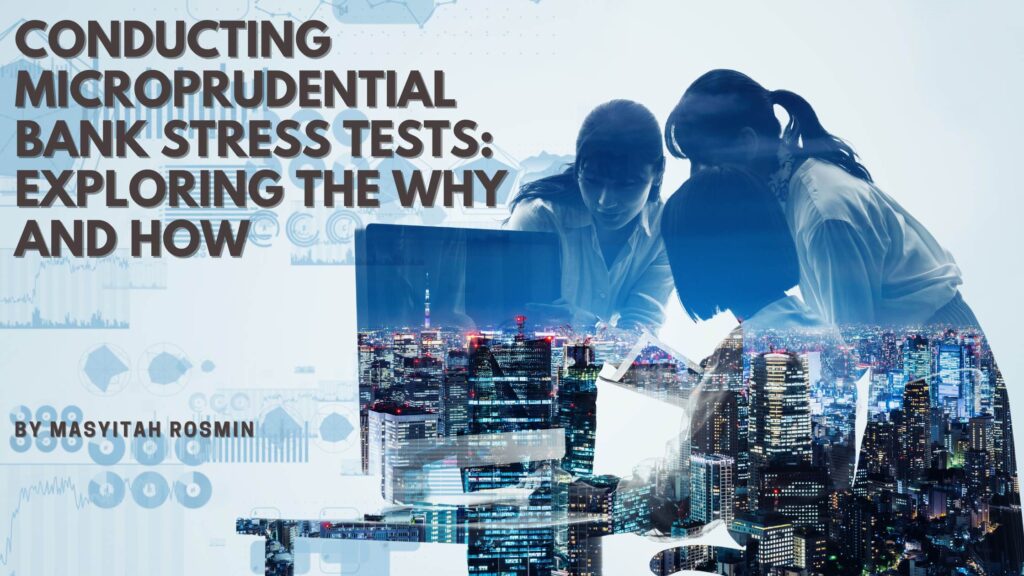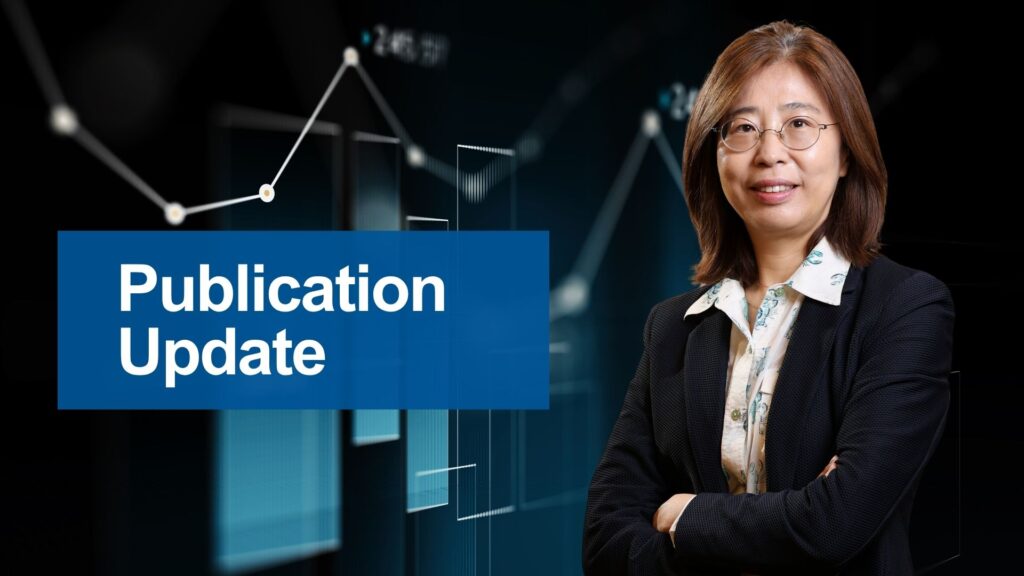The Centre is pleased to announce the acceptance and publication in separate journals two papers co-authored by MMPM Senior Economist, Dr Nur Ain Shahrier.
The paper titled “Dynamic default-risk spillover of global energy firms: Evidence from five subsectors” was accepted and published in the Review of Financial Economics. The co-authors are Zaheer Anwer (Sunway University Malaysia), Noureddine Benlagha (Qatar University) and Amer Aljamali (The University of New Orleans).
In that paper, the authors examine the asymmetric default-risk spillovers of leading global energy firms across five key sectors, including integrated oil and gas, oil and gas refining and marketing, electric utilities, gas utilities, and coal, covering the period from April 2008 to June 2021. The default-risk spillovers have adverse implication on financial stability of emerging Asean economies. As earlier research does not utilize high-frequency DTD data, it does not document the temporal variations in connectedness and risk transmission across different energy sectors. To address this gap, the authors utilize a unique dataset of daily DTD values, which enable them to uncover dynamic and evolving spillover patterns that were previously undetectable.
The authors employ time-varying parameter vector autoregressions for their analysis. The results reveal significant sectoral differences in risk transmission, with the coal sector showing the highest total connectedness due to shared vulnerabilities, and the gas sector exhibiting the lowest connectedness, indicating greater resilience to systemic shocks. Additionally, they identify net transmitters and receivers of global shocks, providing crucial insights into the directional dissemination of risks. By identifying net transmitters and receivers of systemic shocks, this study provides valuable insights for policymakers and central banks in SEACEN member countries seeking to strengthen financial stability frameworks, stress-testing models, and climate-related risk assessments.
Read the paper at this link (Riley login required).
The paper titled “Pure vs. Fundamental Contagion” was accepted and published in the International Review of Economics and Finance, available via Elsevier ScienceDirect. The co-authors are Zaheer Anwer (Sunway University Malaysia) and M. Ishaq Bhatti (La Trobe University).
The authors examine the nature of currencies contagions across 17 emerging economies during Covid-19 and Russia-Ukraine war for period 03 September 2019 to 06 December 2024. They utilize Time-Varying Parameter Vector Autoregression (TVP-VAR) framework as well as Wavelet framework covering time, frequency, and amplitude dimensions. The TVP-VAR results reveal four major contagion episodes within the sample period, with varying dominance of pure and fundamentals-based contagion linked to events like COVID-19, the Russia–Ukraine war, and global inflation.
Commodity-related uncertainty like Oil and Gold volatility amplifies contagion, while broad geopolitical threats may reduce it. The Chinese Yuan evolves from a passive receiver to a dominant transmitter of shocks post-2021, reflecting China’s growing financial influence. Conversely, the Russian Ruble shifts from a contagion transmitter to a receiver after 2022 due to geopolitical isolation and sanctions. Continuous Wavelet Transform results for individual currencies show the existence of distinct short-term (pure contagion) and long-term (fundamental contagion) volatility patterns, with currencies like the Brazilian Real and Russian Ruble showing persistent high volatility, while others, such as the Turkish Lira and Egyptian Pound, exhibited minimal effects. Wavelet Coherence results reveal insightful co-movement dynamics, with the Chinese Yuan and Russian Ruble emerging as leading currencies influencing regional and global systems. Short-term spillovers dominated, but instances of fundamental contagion underscored deeper structural interdependencies, reflecting shifts in global economic alignments. The results stand robust to Partial Wavelet Coherence approach and Dynamic Conditional Correlation Generalized Autoregressive Conditional Heteroskedasticity. The authors report important implications for policymakers and investors.
Read the paper at this link (Elsevier ScienceDirect login required).




